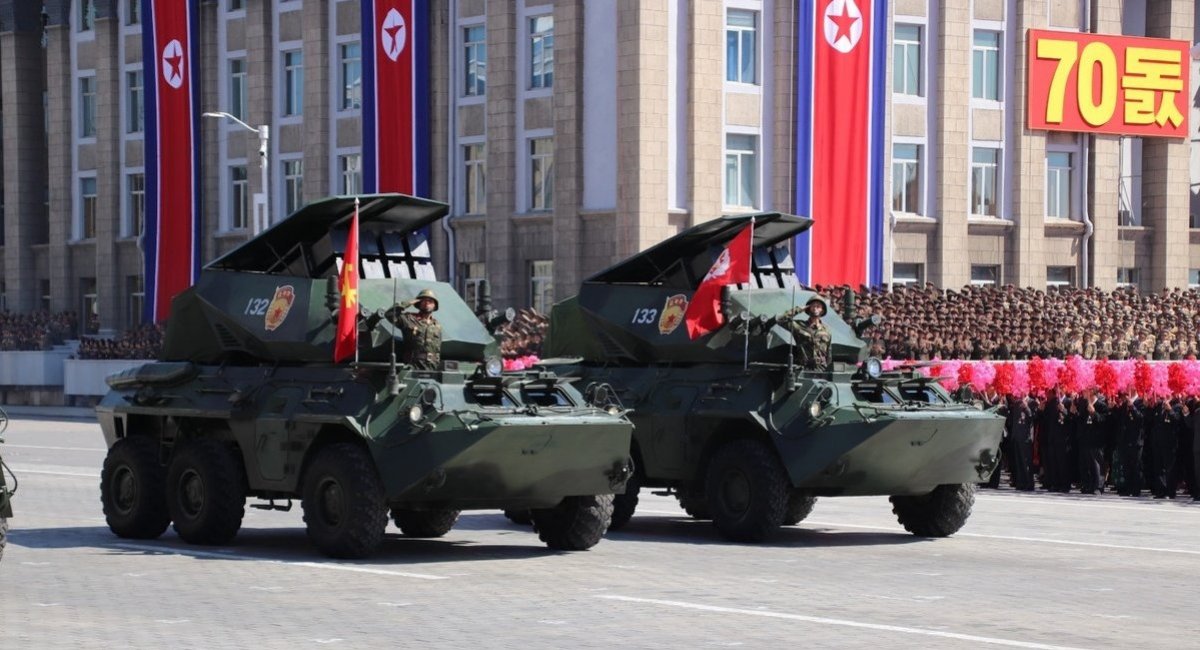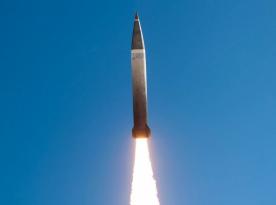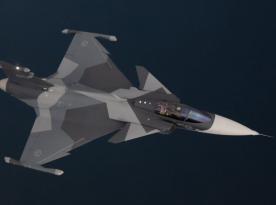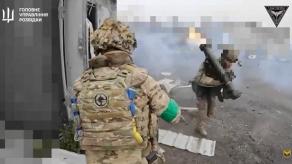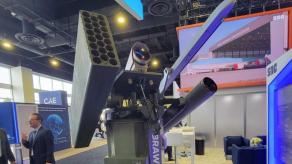Visual evidence surfaced on social media suggests russia has deployed another type of North Korean heavy weapon in Ukraine, the Bulsae-4 self-propelled anti-tank missile system. Currently, there's no confirmation that this equipment has been recorded in the hands of the russian invasion forces, Ukrainian officials note.
Particularly, Vitalii Sarantsev, the spokesperson of the Operational Tactical Group "Kharkiv," said in an interview with Suspilne Kharkiv that he could not confirm the appearance of the Bulsae-4 in the russian military units. On a note from Defense Express, the mentioned photo indicated that this self-propelled system was spotted on the russian side of the border with the Kharkiv Region.
Read more: Ukrainian Reconnaissance Spots North Korean Bulsae-4 Missile System (Video)
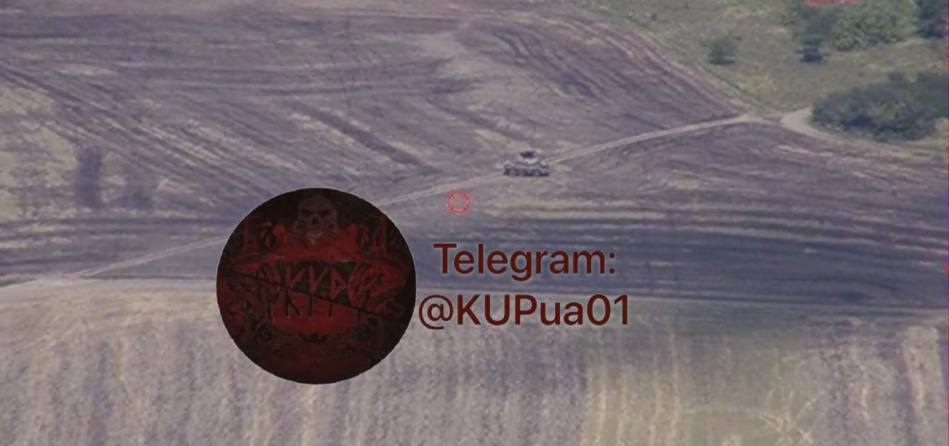
Later, the media even shared a video claiming to show the Bulsae-4 in action, allegedly striking down a Ukrainian AS-90.
However, the credibility of this footage is low, as it appeared much earlier, in March 2024, and the system itself wasn't shown, raising doubts that it was a different type of missile.
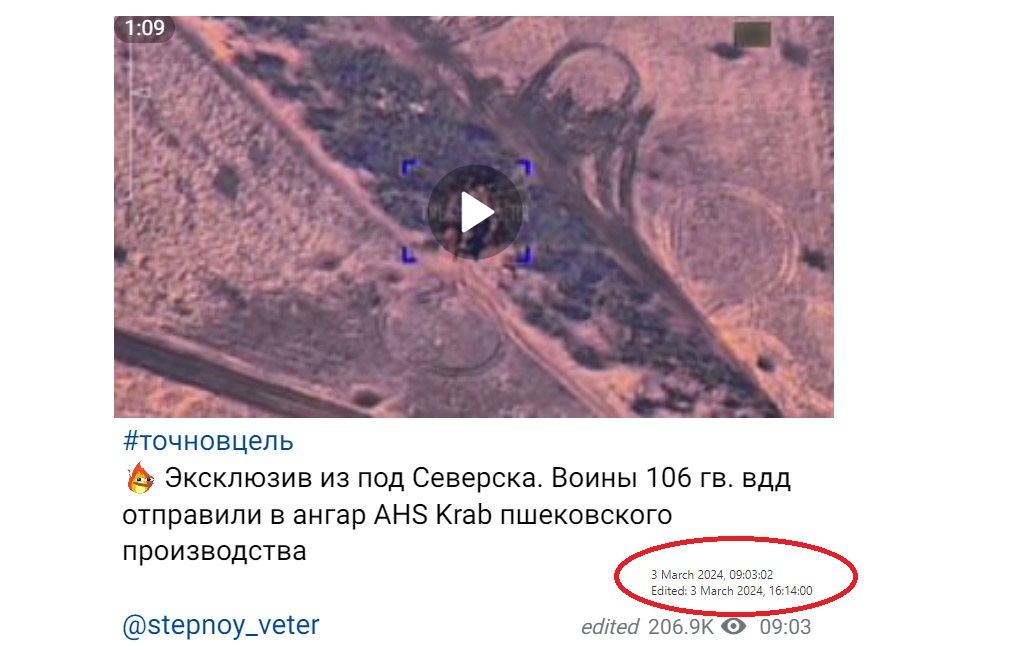
Anyway, the appearance of this North Korean anti-tank weapon in the russian army is somewhat anticipated. Discussions about this system began as early as September 2023, amidst increased cooperation between Moscow and Pyongyang and russian hopes for weaponry from the DPRK. After all, North Korea is already producing ammunition for russia and supplies ballistic missiles, so the deployment of the Bulsae-4 is plausible.
Especially since Bulsae-4 itself has specifications that the russian army might find very interesting. Although, these figures based solely on Pyongyang's statements, and North Korea's tendency to overstate its domestic equipment capabilities should be considered.
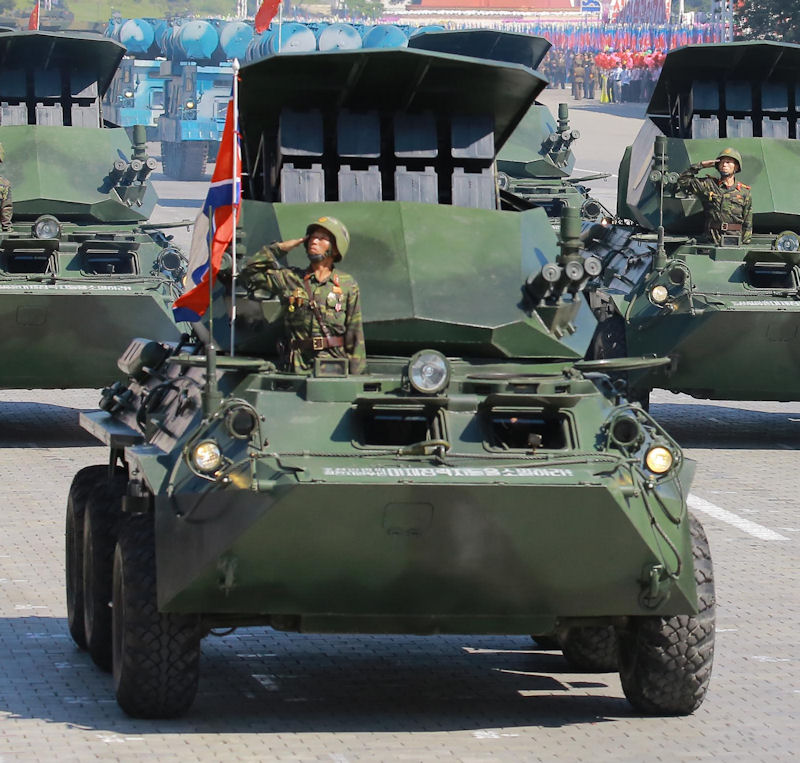
The DPRK claims the Bulsae-4 has a firing range of over 10 km, potentially up to 25 km, while firing in non-line-of-sight (NLOS) mode. This mode is provided by a system that was completely borrowed from the Israeli Spike-NLOS. The missile is equipped with a camera to transmit the image through an optical fiber cable back to the operator for manual control, in fact, similarly to an FPV drone.
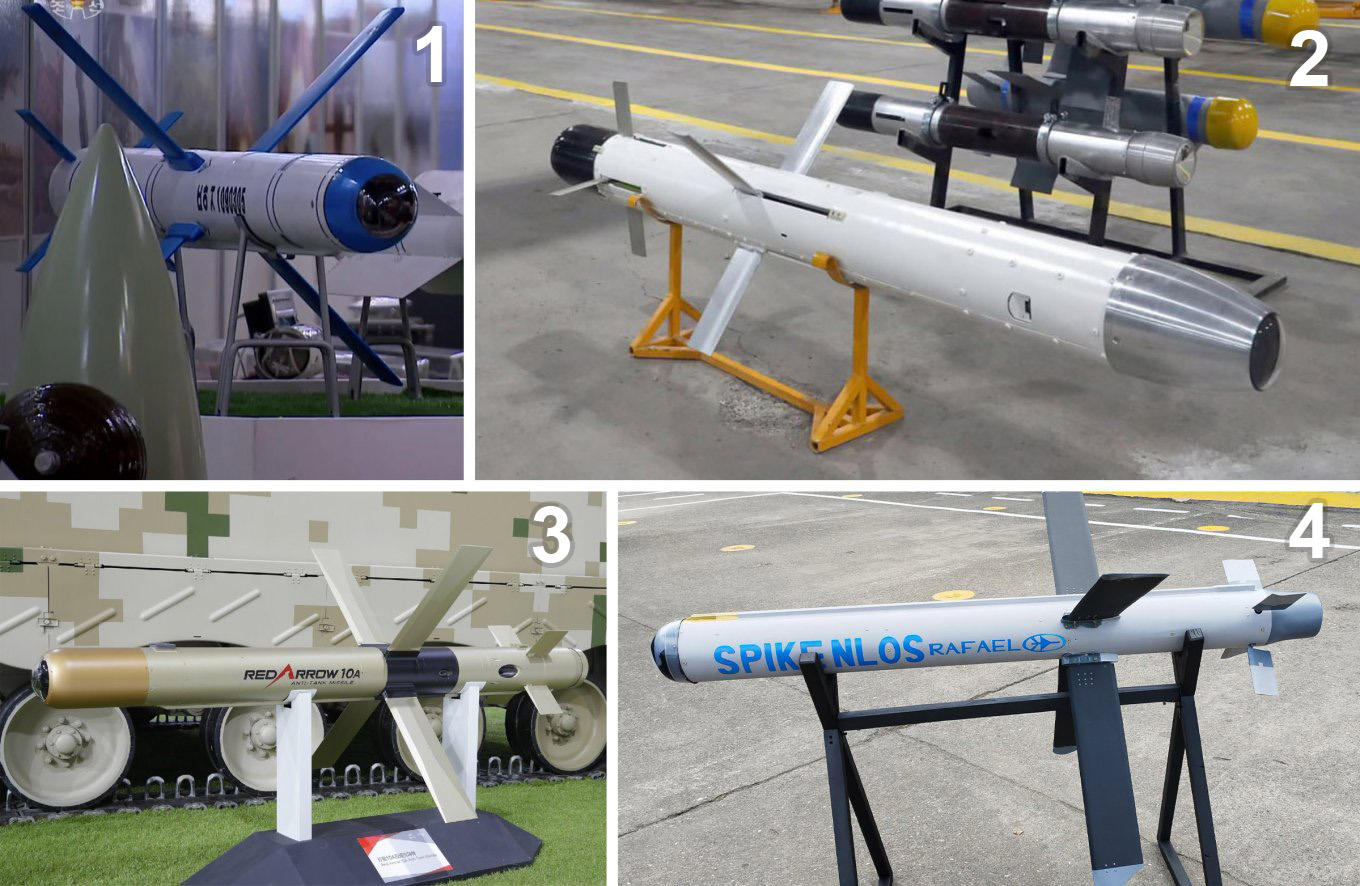
The technology's origin in the DPRK might trace back to two scenarios. One is that Hezbollah fighters captured Spike samples in the mid-2000s, leading to the development of both the Bulsae-4 and the Iranian Almas ATGM, with the latter firing at distances up to 10 km in the Almas-3 version.
Alternatively, the DPRK might have copied the Chinese HJ-10 in the AFT-10 version, for the first time demonstrated at military drills in 2014, which features a similar optical fiber cable system and a 10 km range.
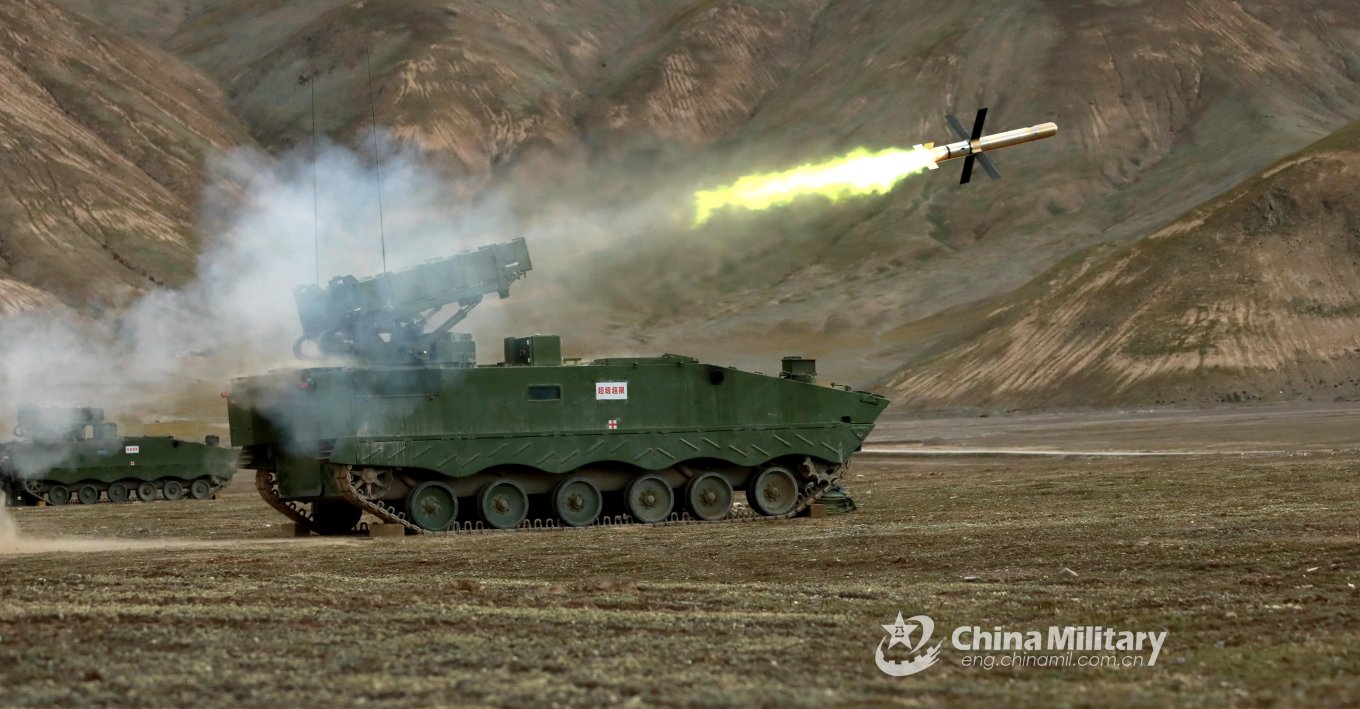
The Bulsae-4's existence became known in 2016, but as part of the Mi-2 helicopter's armament. A version mounted on a 6x6 wheeled chassis, designated Bulsae-4 M-2018, was demonstrated in 2018, followed by a light 4x4 chassis variant, indexed Bulsae-4 M-2022, in 2022.

Information on the missile's armor penetration is unavailable. Still, we can look at the Chinese AFT-10 as a reference, with its shaped-charge warhead penetrating up to 1,400 mm of homogeneous armor. But it doesn't need to have a high penetrating power in the first place, since the primary attack mode is top-down, targeting thinner armor sections.
Meanwhile, the russian military lacks ATGMs with similar NLOS capabilities. Place of the main anti-tank missile system is still occupied by the Kornet ATGM that uses line-of-sight laser beam riding guidance; the same applies to Soviet-era ATGMs.
As for self-propelled missile systems, the Khrizantema ATGM, adopted in 2005, features 9M123 missiles with a maximum range of 6 km and command guidance within direct line of sight.
Read more: Details on North Korean Ammo Production for russia: Key Factories, Sources of Raw Materials, Schedules




